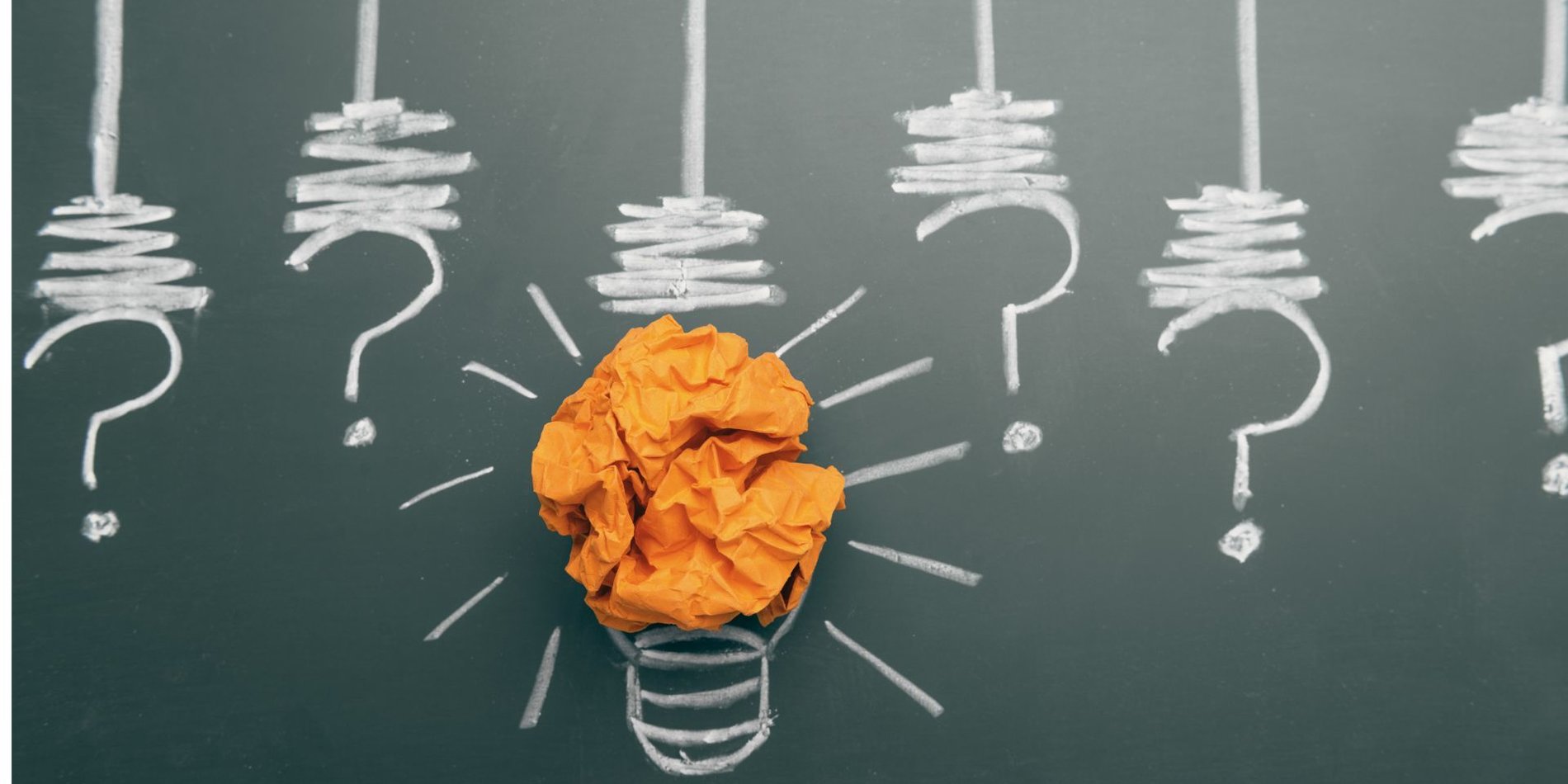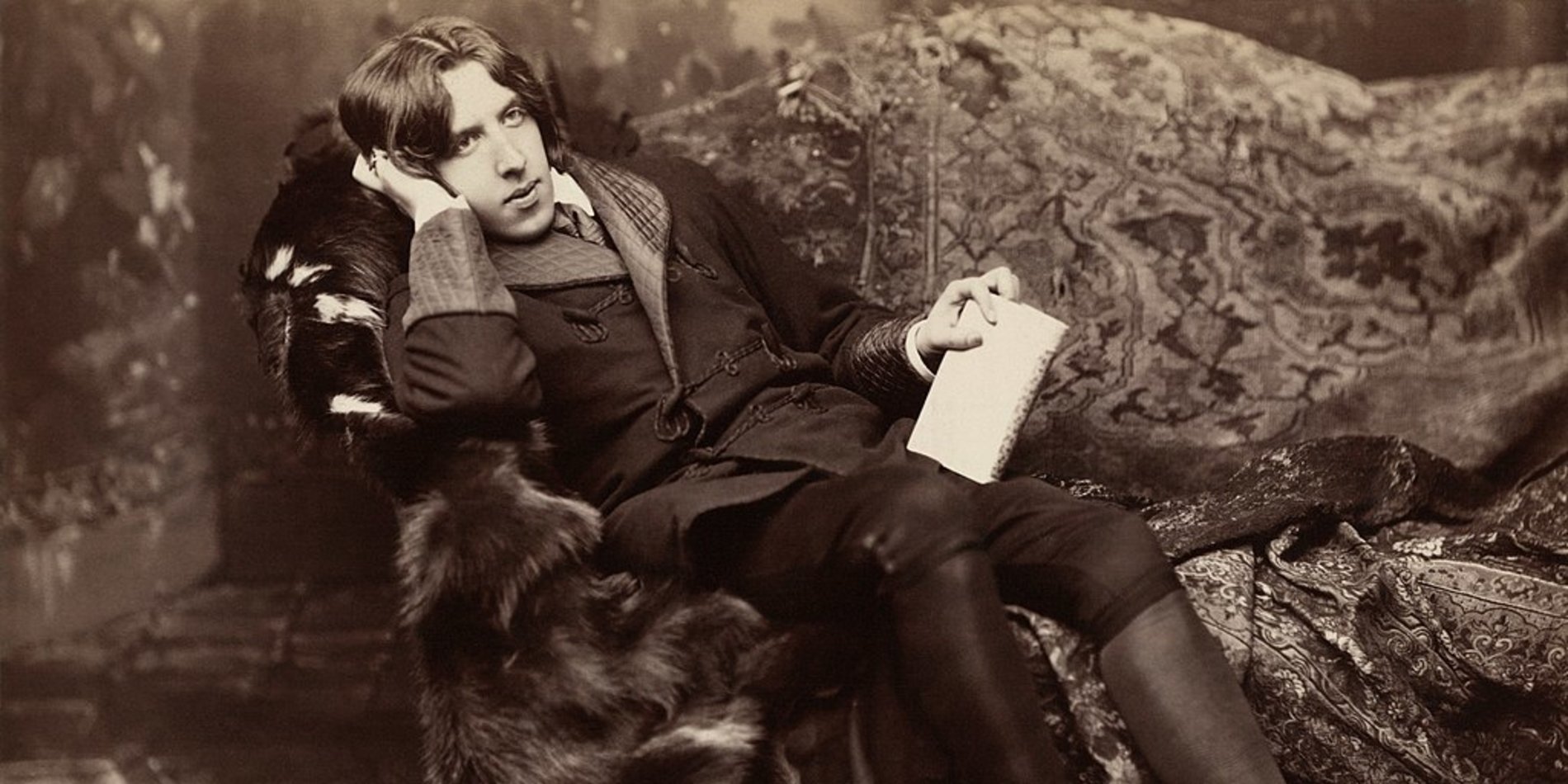MATSCI 82N: Science of the Impossible
General Education Requirements
Not currently certified for a requirement. Courses are typically considered for Ways certification a quarter in advance.
This course is expected to experience high student demand. Frosh, sophomores, and new transfers who decide to rank a high-demand course when making their three selections for priority enrollment are advised to select other IntroSems being offered the same quarter for their second and third choices.
Course Description
Imagine a world where cancer is cured with light, objects can be made invisible, and teleportation is allowed through space and time. The future once envisioned by science fiction writers is now becoming a reality, thanks to advances in materials science and engineering. This seminar will explore "impossible" technologies—those that have shaped our past and those that promise to revolutionize the future. Attention will be given to both the science and the societal impact of these technologies. We will begin by investigating breakthroughs from the 20th century that seemed impossible in the early 1900s, such as the invention of integrated circuits and the discovery of chemotherapy. We will then discuss the scientific breakthroughs that enabled modern "impossible" science, such as photodynamic cancer therapeutics, invisibility, and mind-reading through advanced brain imaging. Lastly, we will explore technologies currently perceived as completely impossible, and brainstorm the breakthroughs needed to make such science fiction a reality.
Meet the Instructor: Jennifer Dionne

Jennifer Dionne is an associate professor in the Department of Materials Science and Engineering. Her research investigates meta-materials—engineered materials with optical and electrical properties not found in nature—for applications ranging from high-efficiency solar energy conversion to bioimaging. Professor Dionne received her Ph.D. in applied physics in 2009 at the California Institute of Technology and served as a postdoctoral research fellow in chemistry at the Lawrence Berkeley National Laboratory in 2010. In 2011, she was named one of Technology Review's 35 international innovators under 35, tackling important problems in transformative ways. Her work has also been featured in Science, Nature, Kakua's book Physics of the Impossible, and Pickover's book Archimedes to Hawking: Laws of Science and the Great Minds Behind Them.



